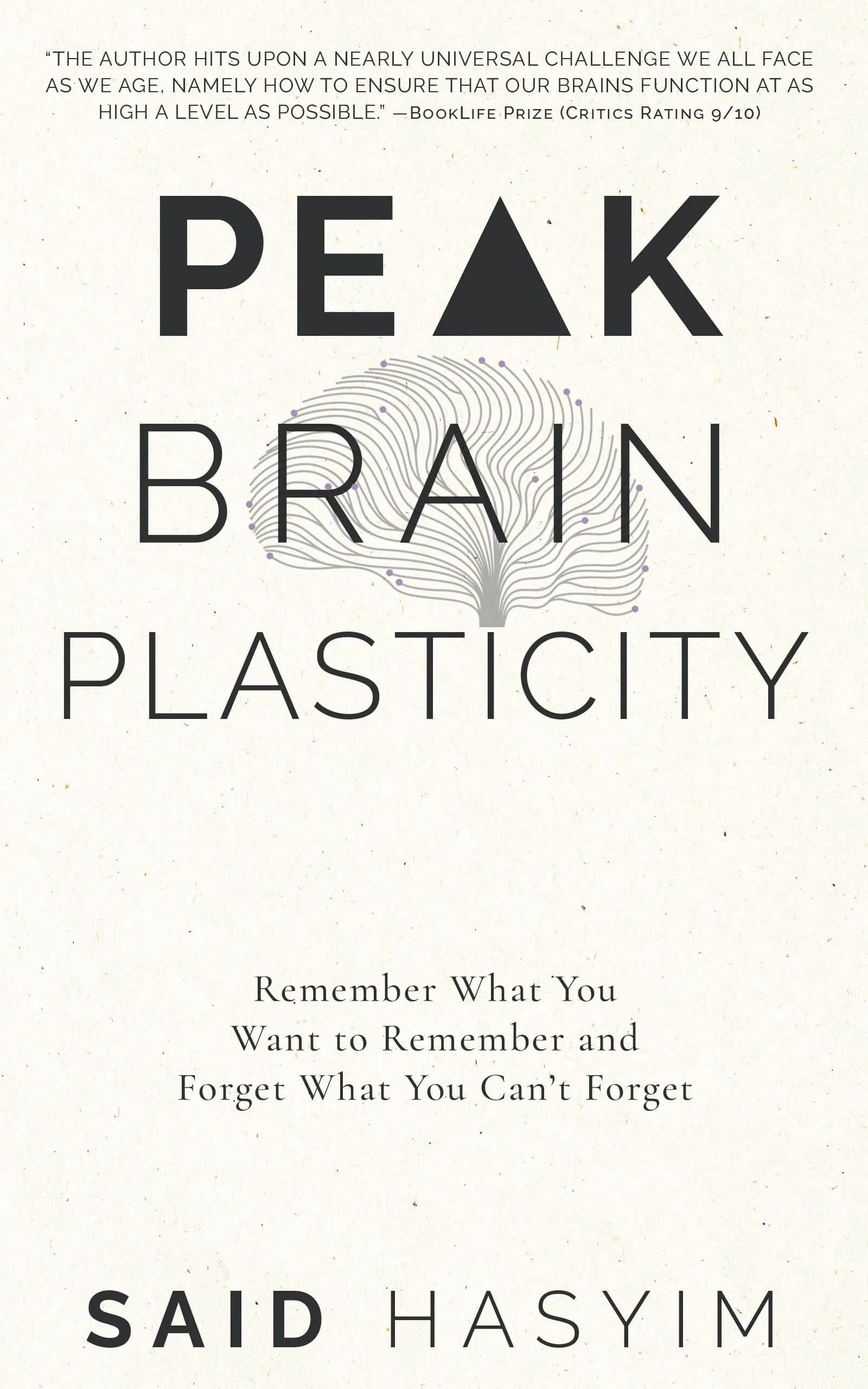Understanding Neuroplasticity Through Real-Life Examples
Neuroplasticity is a fascinating concept that refers to the brain's ability to change, adapt, and reorganize itself throughout life. This remarkable property allows the brain to adjust to new experiences, learn new skills, and recover from injuries. Whether you're aware of it or not, neuroplasticity plays a crucial role in your daily life. In this blog post, we will explore the concept of neuroplasticity through real-life examples, elucidating how our brains adapt in various situations.
What is Neuroplasticity?
Before delving into real-world examples, let’s clarify what neuroplasticity entails. Simply put, neuroplasticity involves two main processes:
- Structural Plasticity: This refers to the brain's ability to physically change its structure in response to learning and experience.
- Functional Plasticity: This is the brain's capacity to move functions from damaged areas to undamaged areas, allowing it to compensate for loss of function due to injury or illness.
Neuroplasticity is not just limited to recovery after trauma; it plays an essential role in our daily growth, education, and skill acquisition.
Real-Life Examples of Neuroplasticity
1. Learning a New Language
Learning a new language is a perfect example of neuroplasticity in action. Research shows that bilingual or multilingual individuals have different brain structures compared to monolingual individuals. As you engage in mastering a new language, your brain forms new neural connections and pathways. For instance, a study conducted with adults learning a second language showed increased gray matter density in the areas of the brain associated with language and memory. As you familiarize yourself with vocabulary, grammar, and pronunciation, your brain physically adapts to accommodate this new information.
2. Recovering from Stroke
One of the most potent examples of neuroplasticity occurs in individuals recovering from a stroke. When a stroke occurs, specific areas of the brain may become damaged, affecting motor abilities, speech, or cognitive functions. However, the brain's neuroplastic nature allows it to compensate for this loss. Through rehabilitation and therapy, patients can retrain other parts of their brain to perform functions previously managed by the damaged areas. Techniques like constraint-induced movement therapy or speech therapy can help foster this reorganization, enabling patients to regain abilities and improve their quality of life over time.
3. Development of Music Skills
Musicians are often held up as examples of neuroplasticity because their brains exhibit significant structural and functional changes. When individuals practice an instrument, they are not only learning to play notes but also enhancing their auditory processing, motor control, and reading skills. Research shows that the brains of musicians have larger areas devoted to finger movement, auditory processing, and even visual-spatial coordination compared to non-musicians. Playing an instrument regularly triggers neuroplastic changes, demonstrating how practice and dedication lead to profound brain adaptations.
4. The Effects of Mindfulness and Meditation
Mindfulness meditation has gained popularity not only as a stress-relief technique but also as a way to harness neuroplasticity. Studies have shown that regular meditation practice can result in the thickening of the prefrontal cortex, an area responsible for higher-order thinking and self-regulation. Other brain regions related to emotional regulation, such as the amygdala, can become less reactive due to the calming effects of mindfulness. Real-life practitioners of meditation often report increased emotional resilience and improved focus, highlighting how a simple shift in habits can lead to meaningful brain changes.
5. Overcoming Anxiety and Phobias
Cognitive-behavioral therapy (CBT) is an effective treatment for anxiety and phobias that relies on the principles of neuroplasticity. It encourages individuals to confront their fears in a controlled environment and aims to reshape their thought patterns. As a person works through their anxieties, their brain creates new associations, gradually weakening old, fearful responses. For instance, someone with a fear of flying might engage in gradual exposure therapy, leading to neuroplastic changes that make air travel more manageable over time. This real-world application illustrates how behavior and thought patterns can alter brain function.
6. The Changes of Aging and Lifelong Learning
Neuroplasticity isn’t just a youthful phenomenon; it continues throughout our lives. Engaging in lifelong learning and new experiences can spark neuroplastic changes at any age. Older adults who learn new skills, whether playing chess, dancing, or learning to code, often show signs of improved cognitive function and emotional well-being. Studies have demonstrated that these continued learning opportunities can build cognitive reserve, helping to offset age-related cognitive decline. The brain remains dynamic, adaptable, and capable of growth, underscoring the importance of maintaining mental agility throughout life.
Conclusion
Neuroplasticity highlights the brain's incredible ability to adapt to new experiences and challenges. From learning a new language to recovering from an injury, the examples we've explored illustrate how our brains continually reshape and remodel themselves based on our behaviors, environments, and experiences. Understanding neuroplasticity helps us appreciate the power of learning, resilience, and mental health in our everyday lives.
By embracing new experiences and dedicating ourselves to lifelong learning, we can harness the incredible potential of our brains, promoting not just recovery but also growth and enrichment throughout life. So, take a moment to reflect on the areas in your own life where you can foster neuroplastic change—whether that’s picking up an instrument, practicing mindfulness, or conquering your fears. The brain is not a static organ, and with intention and effort, we can continue to shape our own neural pathways for the better.
Harness the Power of Neuroplasticity
Discover Peak Brain Plasticity, a practical book to harnessing neuroplasticity. Enhance your memory, learn new languages quickly, and alleviate anxiety with effective study methods. Uncover daily habits that impact cognitive health and explore techniques for accelerated learning and memory retention. Unlock your brain's potential for growth and transformation.
